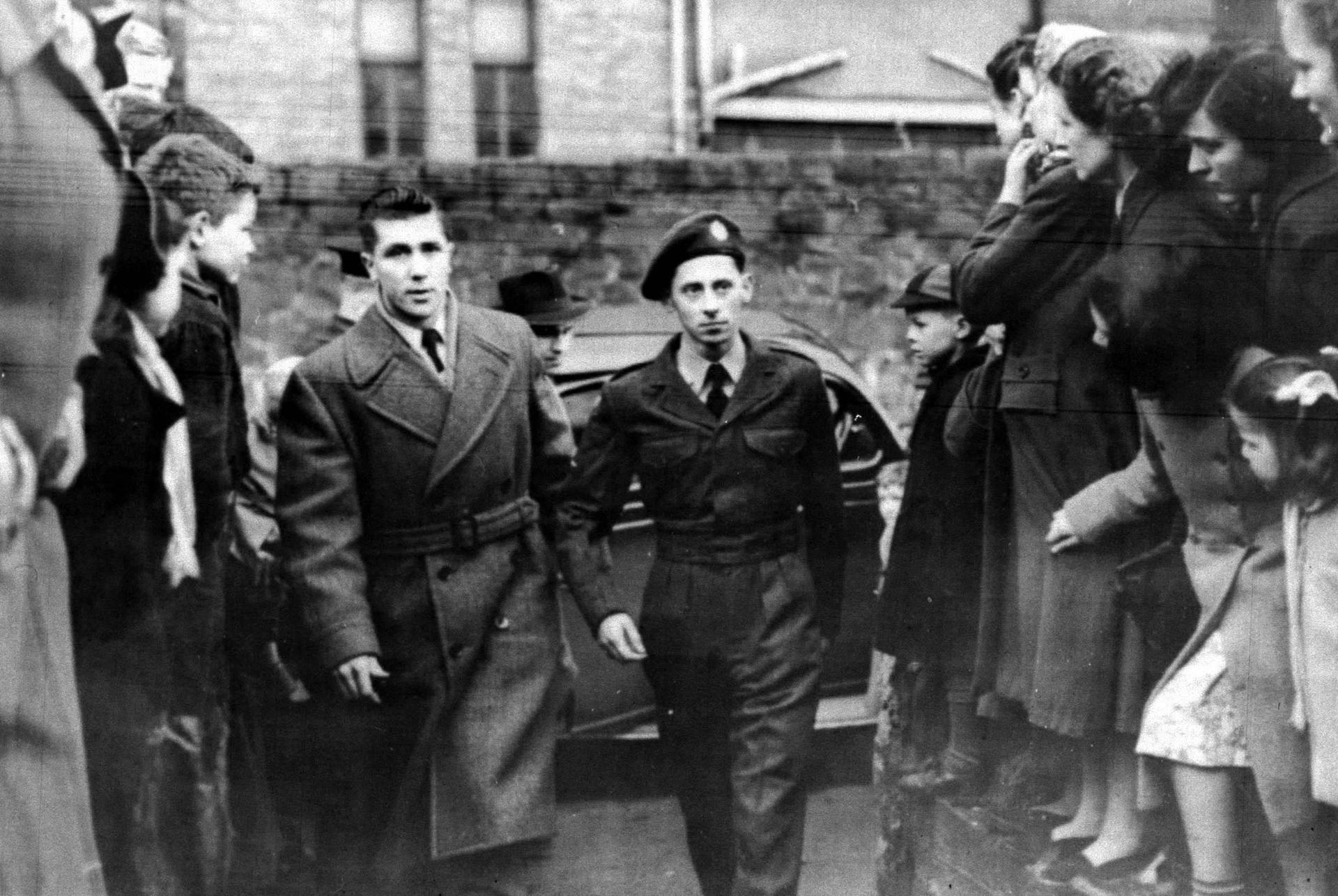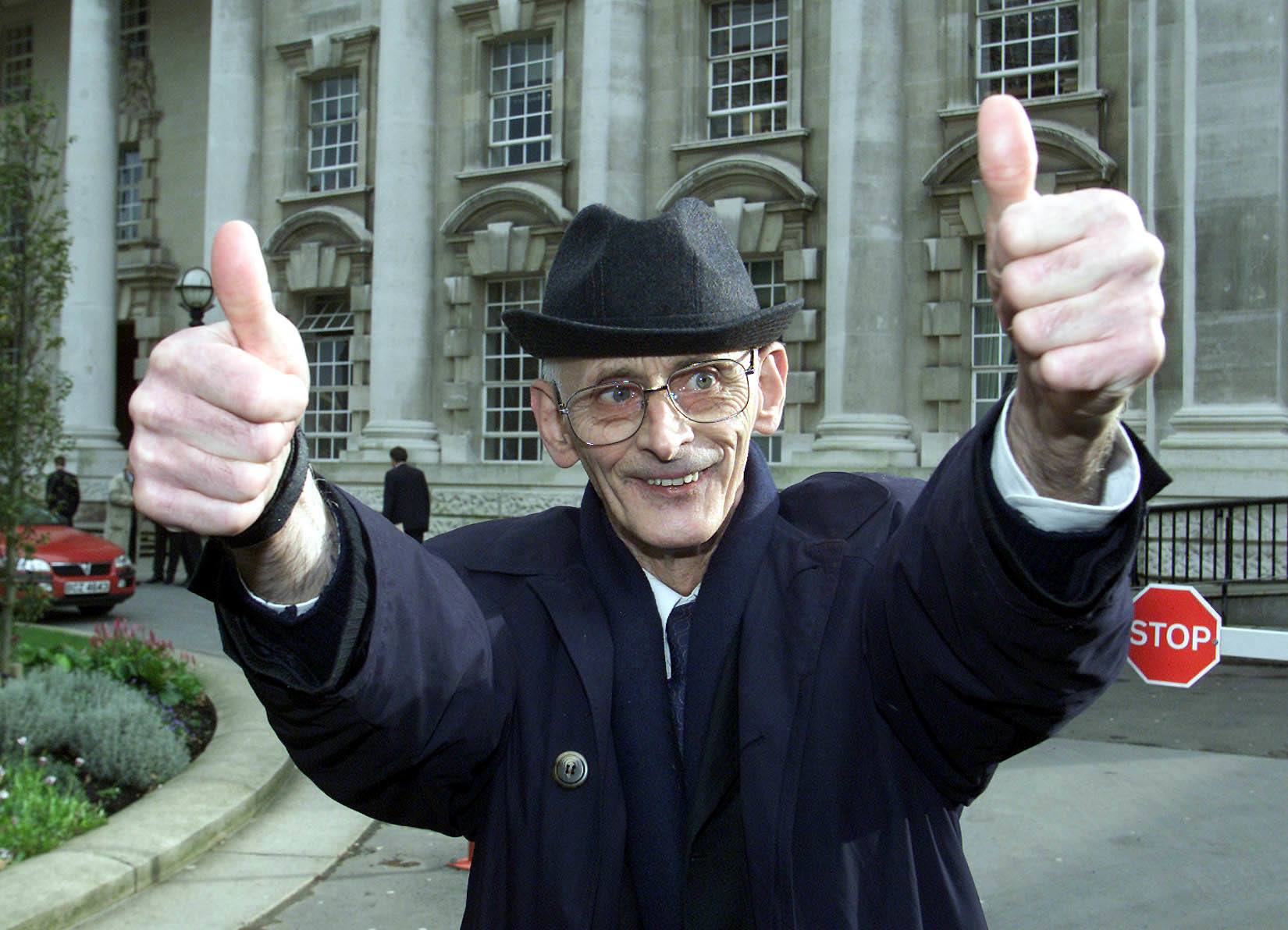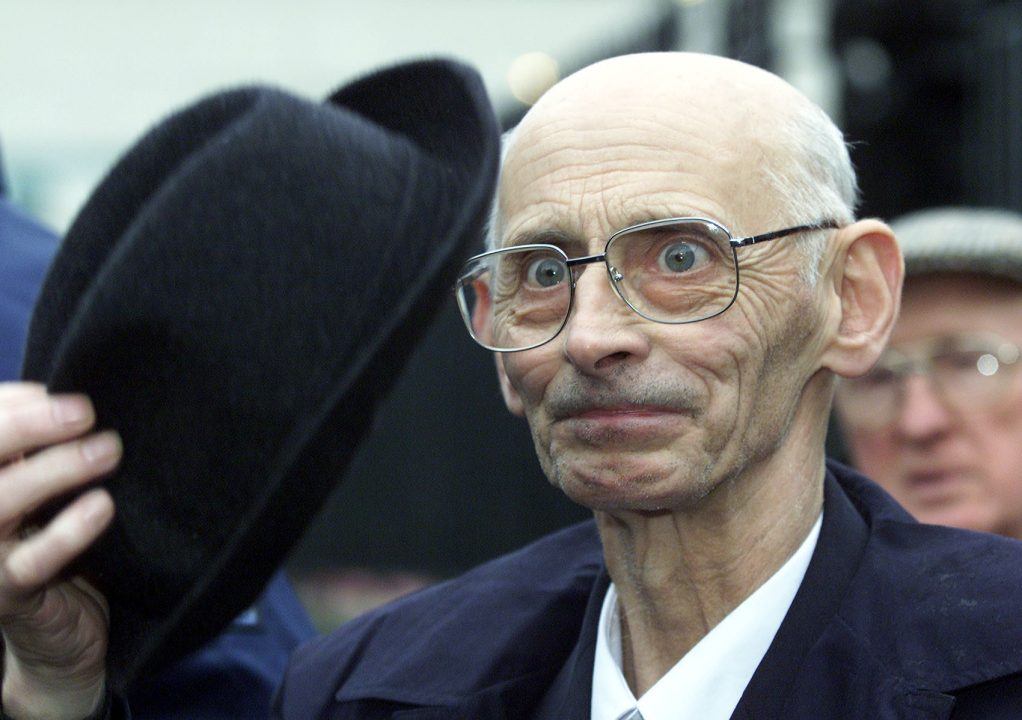A man wrongly convicted of one of Northern Ireland’s most notorious murders wrote directly to former prime minister Harold Wilson in 1969 appealing for his name to be cleared in the interests of “basic human justice”.
Iain Hay Gordon, from Glasgow, was found guilty but insane over the murder of the judge’s daughter Patricia Curran in 1952.
Ms Curran, who was 19 at the time of her murder, had been stabbed 37 times on the grounds of her family home in Whiteabbey, Co Antrim.
 PA Media
PA MediaShe was a student at Queen’s University in Belfast, and the daughter of Sir Lancelot Curran, then a High Court judge who later became the Lord Chief Justice in Northern Ireland.
Hay Gordon was a 20-year-old RAF national serviceman at the time of her death.
He spent seven years in hospital before he was released. He campaigned for his name to be cleared, claiming police had forced him to confess.
His murder conviction was finally quashed at Northern Ireland’s Court of Appeal in 2000.
The file entitled “Criminal Lunatic, Gordon Iain Hay, Holywell Mental Hospital” is one of more than 700 documents released at the Public Record Office in Belfast under the 30/20-year rule.
The majority of the files relate to the year 2002, although a number deal with events in earlier years.
 PA Media
PA MediaHay Gordon sent his letter to Mr Wilson on October 13 1969.
The typed note, which was signed by hand, says: “You will recall that I spoke to you for a few minutes as you were leaving the St Mungo Halls, Glasgow, on Friday evening and you suggested that I should write to you.
“On Saturday March 7th 1953, I was found guilty but insane of the murder of Miss Patricia Curran, daughter of Mr Justice Curran which took place on 12th November 1952.”
He added: “I was released in August 1960 and since then, supported by my family and friends, I have been seeking a re-examination into this case.
“The Attorney General Mr Elwyn Jones, the Lord Chancellor, Lord Gardiner, Mr Tom Sergeant, Secretary of Justice, Mr Jeremy Thorpe, leader of the Liberal Party, and the distinguished psychiatrist Dr Desmond Curran have implicit faith in my innocence and there has been some recent correspondence on this matter between a Mrs Turtle and the Home Secretary Mr Callaghan and Lord Stonham.”
The letter continues: “To us this is a case of basic human justice and I feel that I cannot have any peace of mind unless my name is cleared.
“For this reason I am appealing to you.”
The Ministry of Home Affairs file also includes a summary of the case entitled “The Curran Murder Case: Rough draft for a new summary of events”.
It states: “The only undisputed fact in this case is that Patricia Curran was stabbed to death 37 times sometime between 5.20pm on the 12th November 1952 when she was seen getting off a bus at Whiteabbey and 2am the following morning when her body was found in the grounds of her home.
“Who the murderer was, how, when and where the murder took place, and even the circumstances under which the body was actually found are all questions that seem to worry journalists, lawyers, doctors and, not least, the general public.
“It is remarkable that so much doubt should still exist 16 years after Iain Hay Gordon, the 20-year-old Scottish national serviceman stationed at the time in Whiteabbey, was found guilty but insane.”
The file also includes a number of letters from members of the public asking for the case to be re-examined.
Follow STV News on WhatsApp
Scan the QR code on your mobile device for all the latest news from around the country


 PA Media
PA Media


























